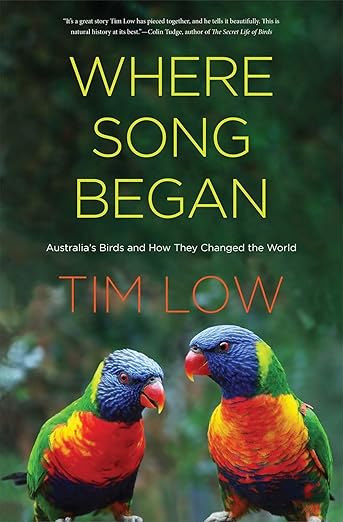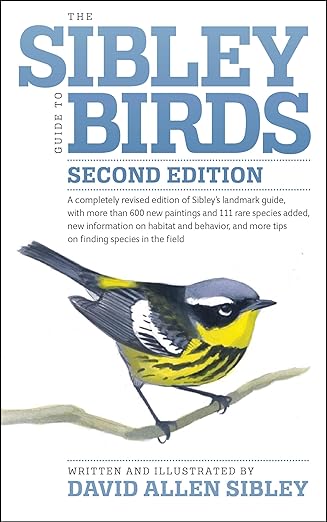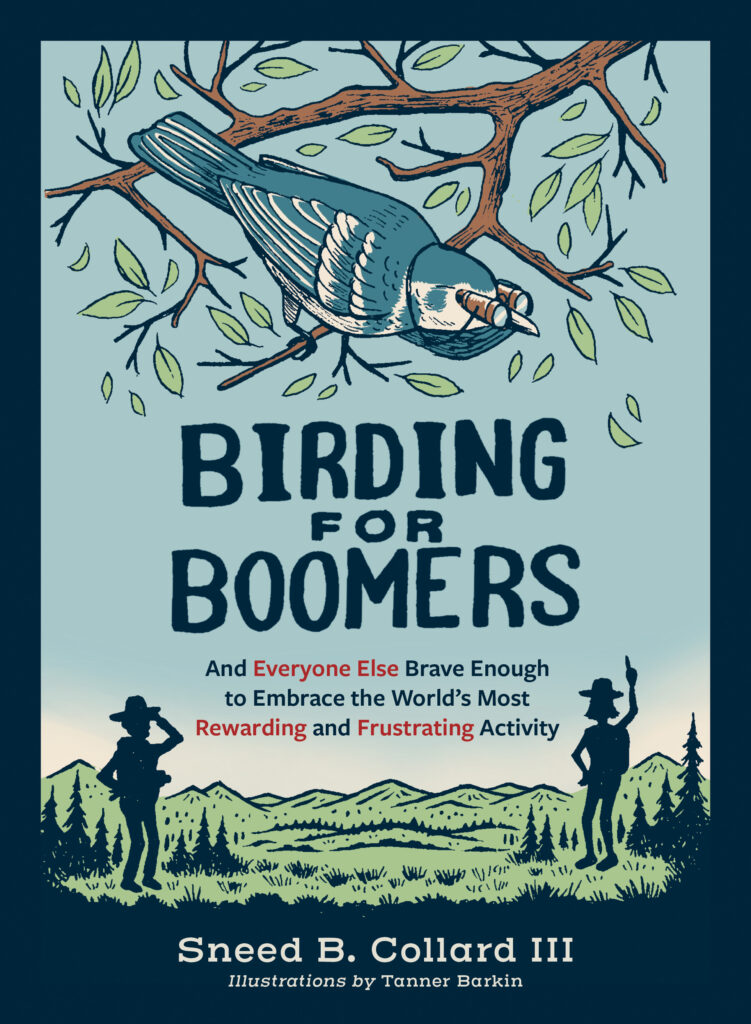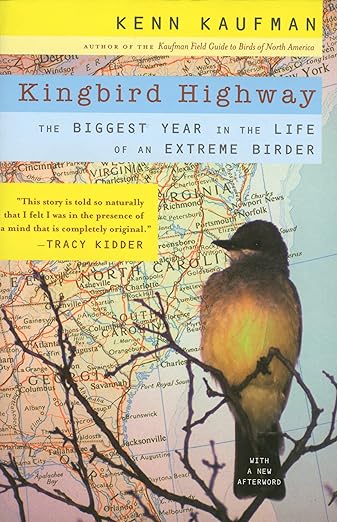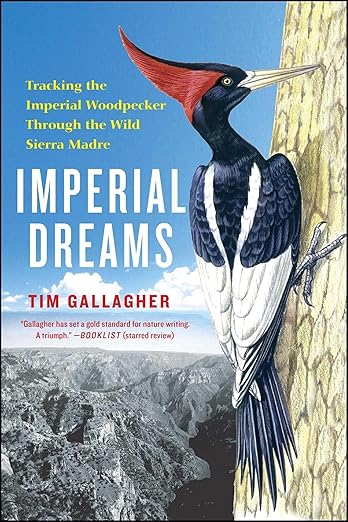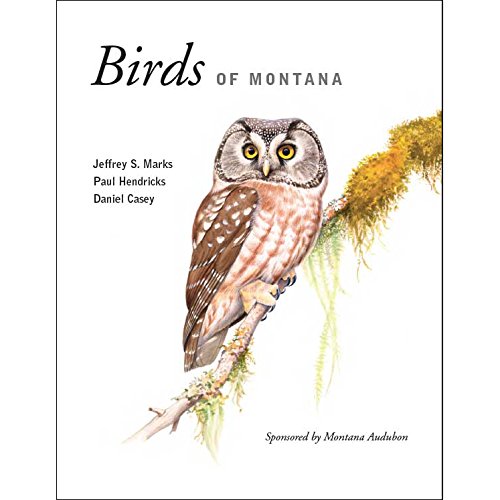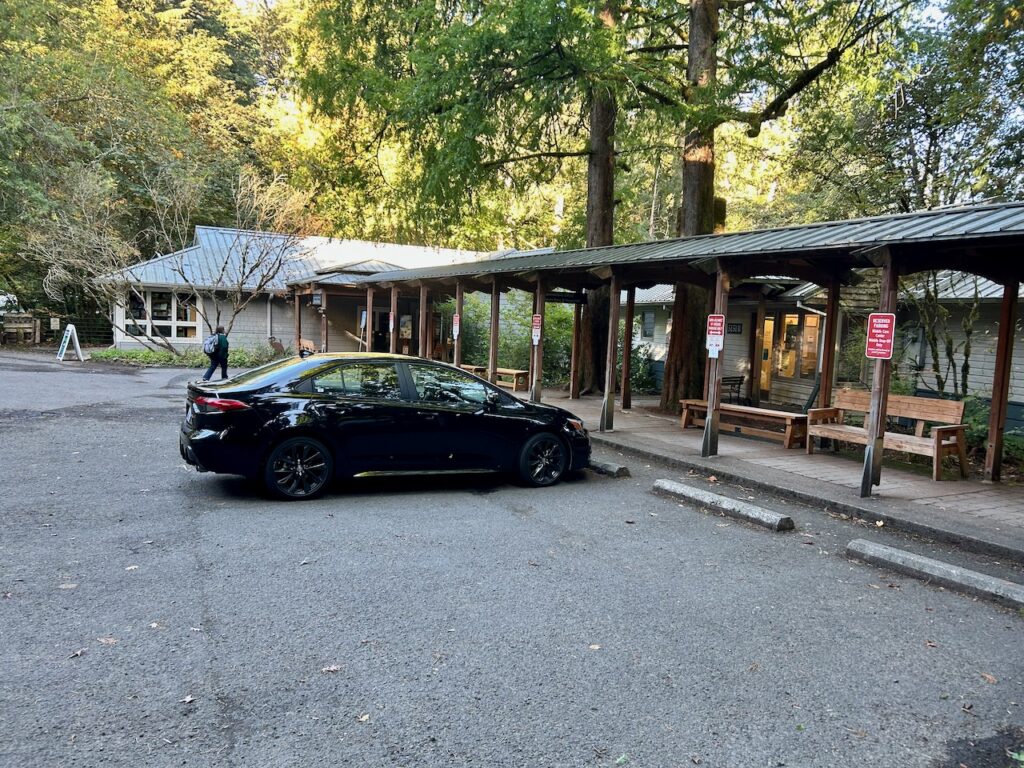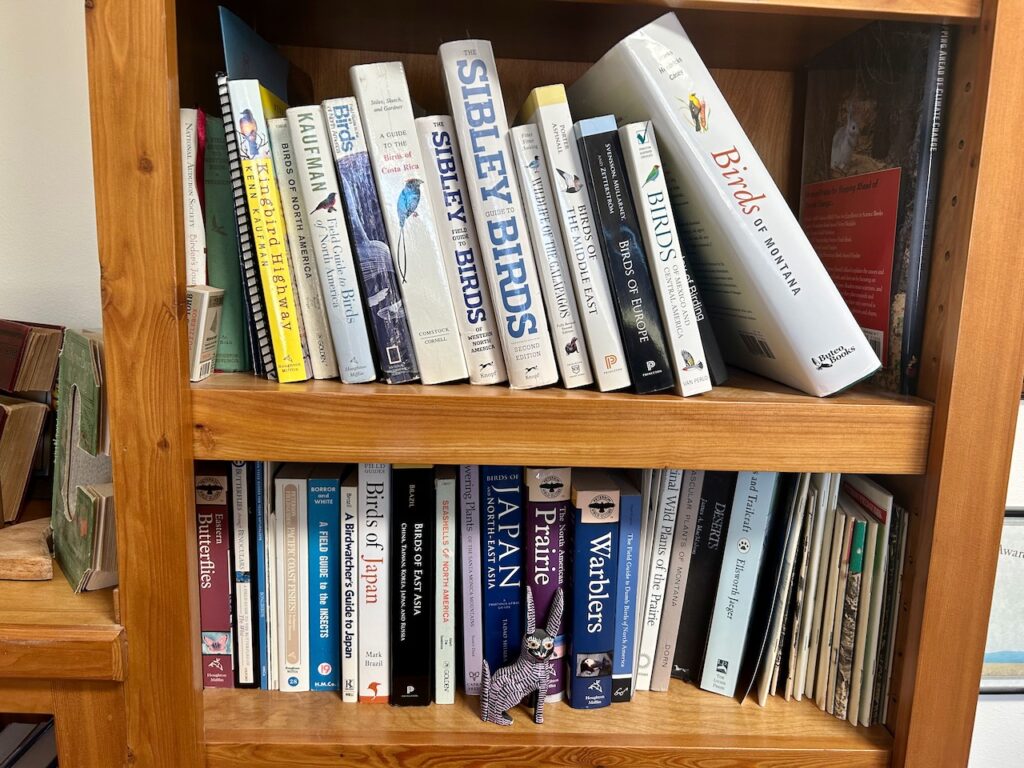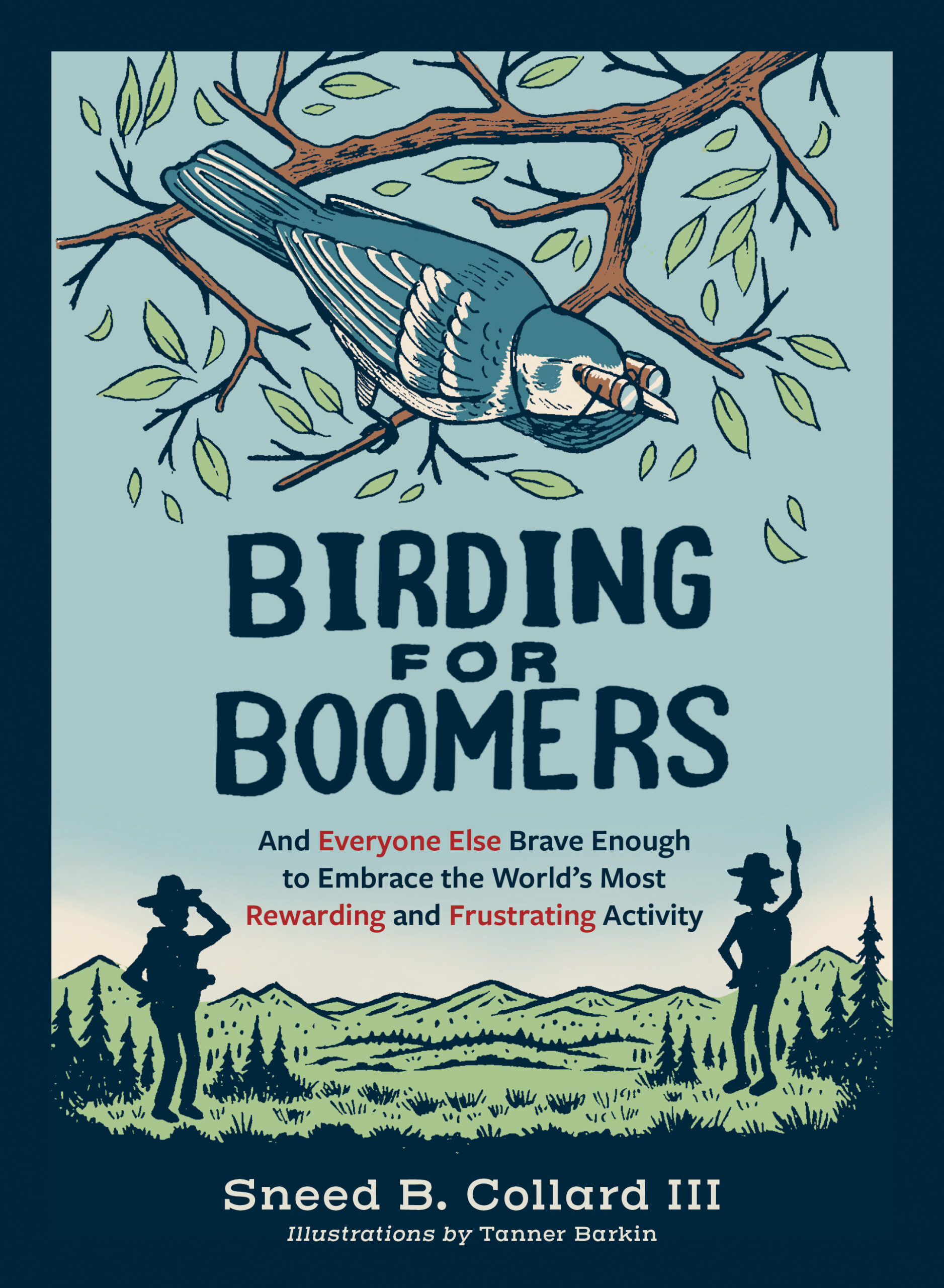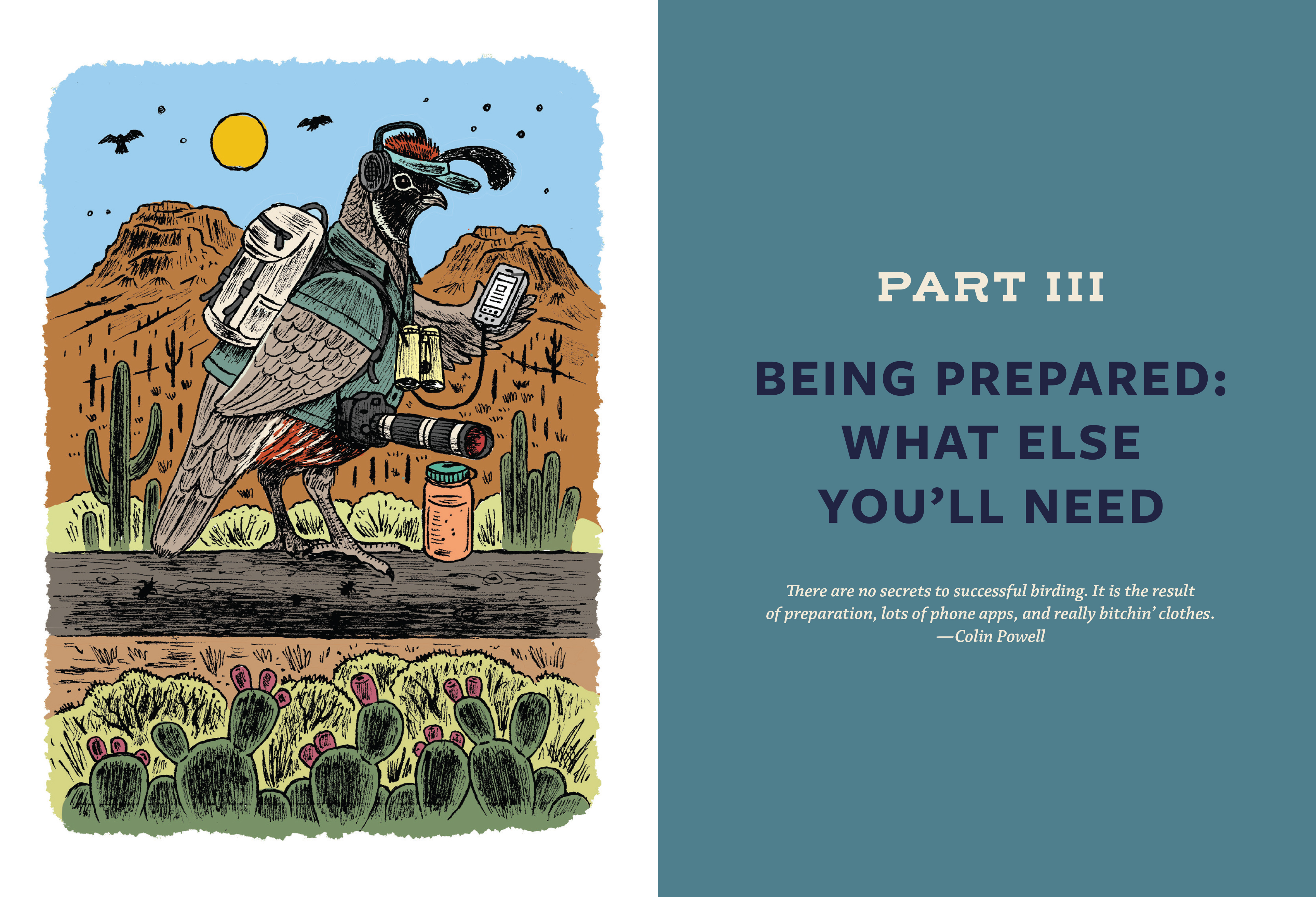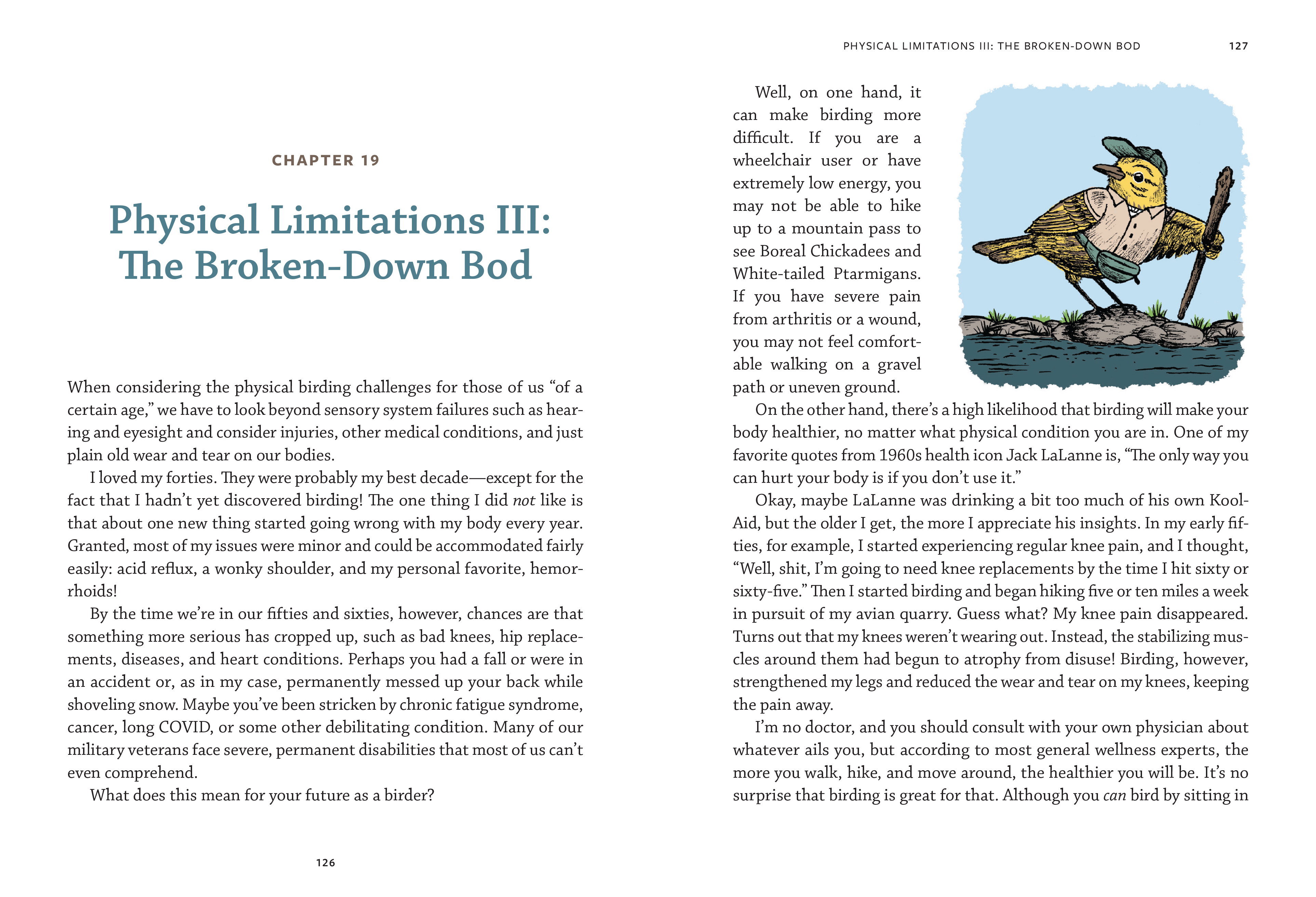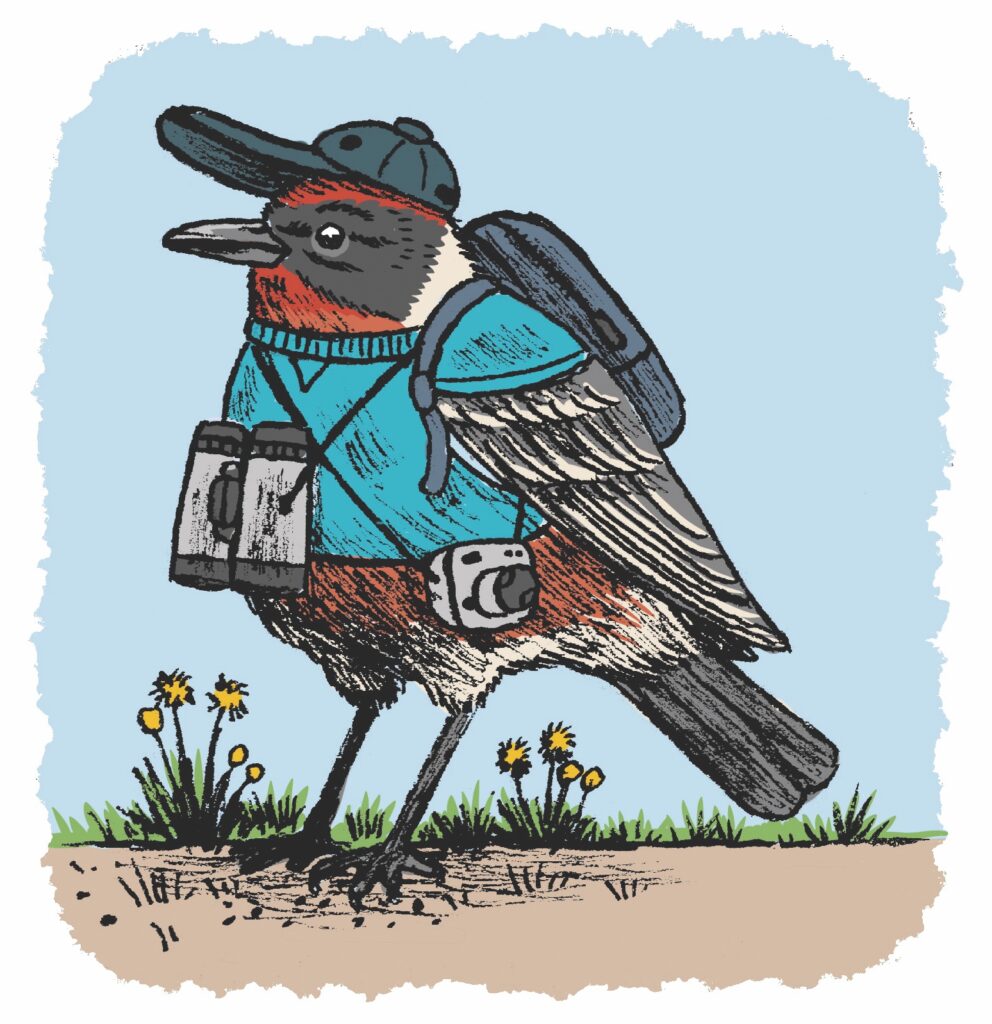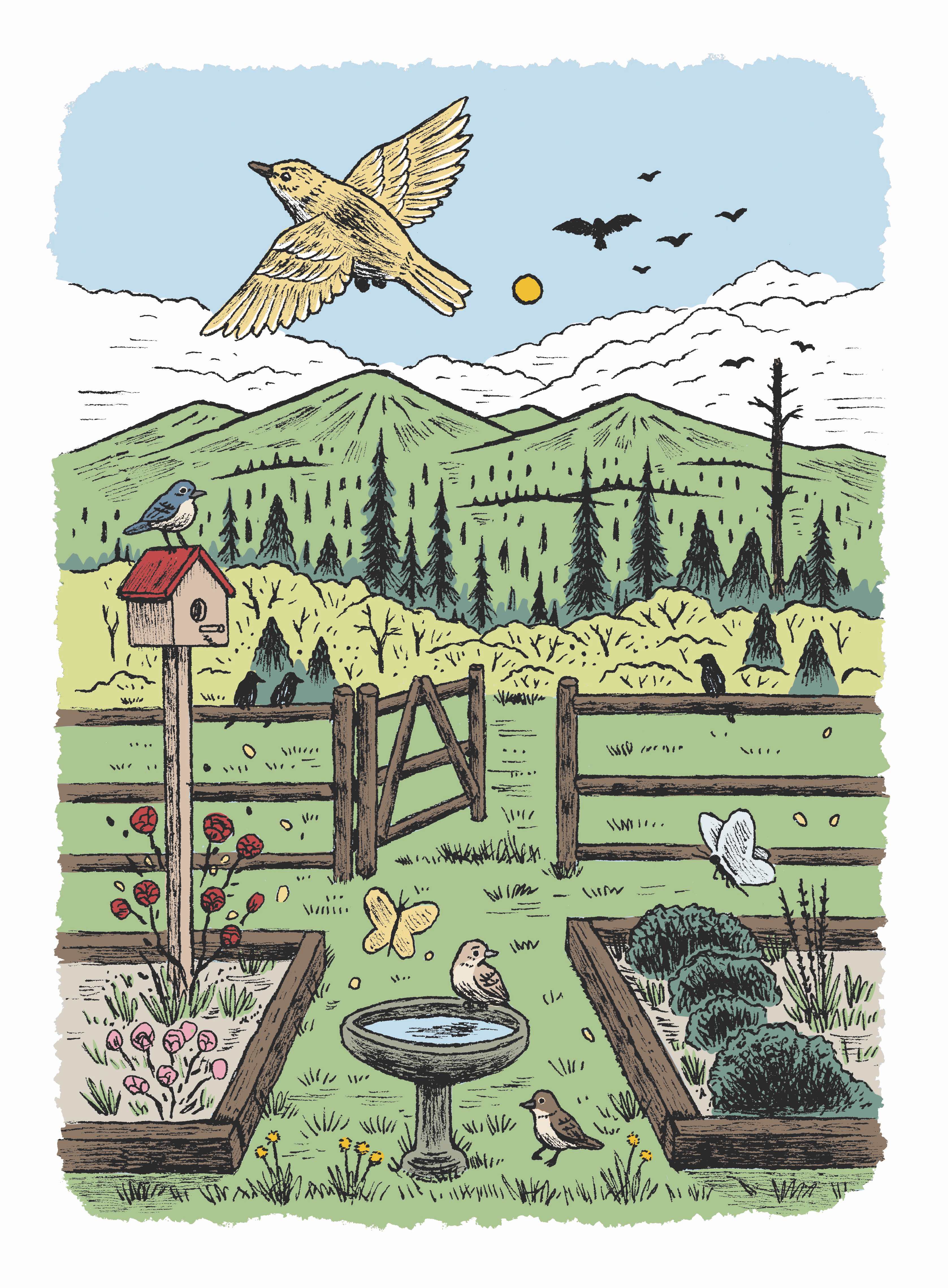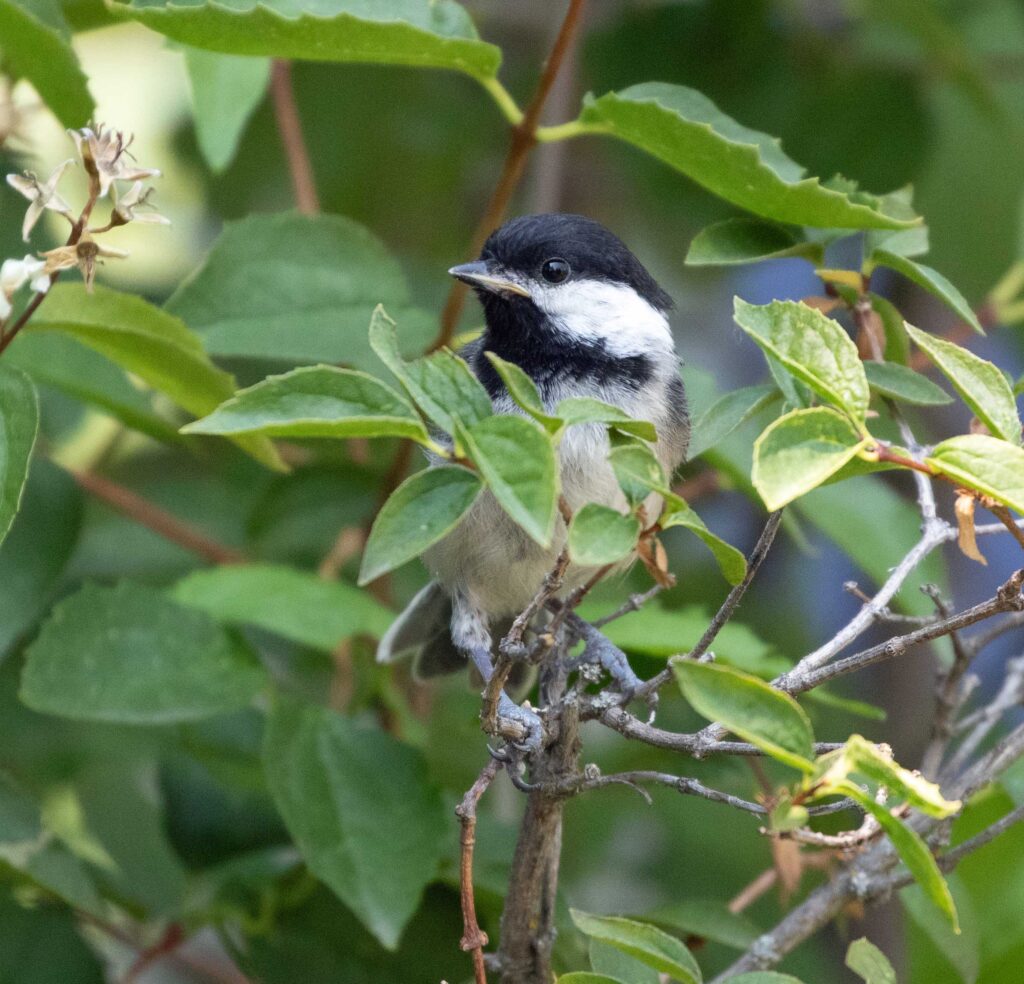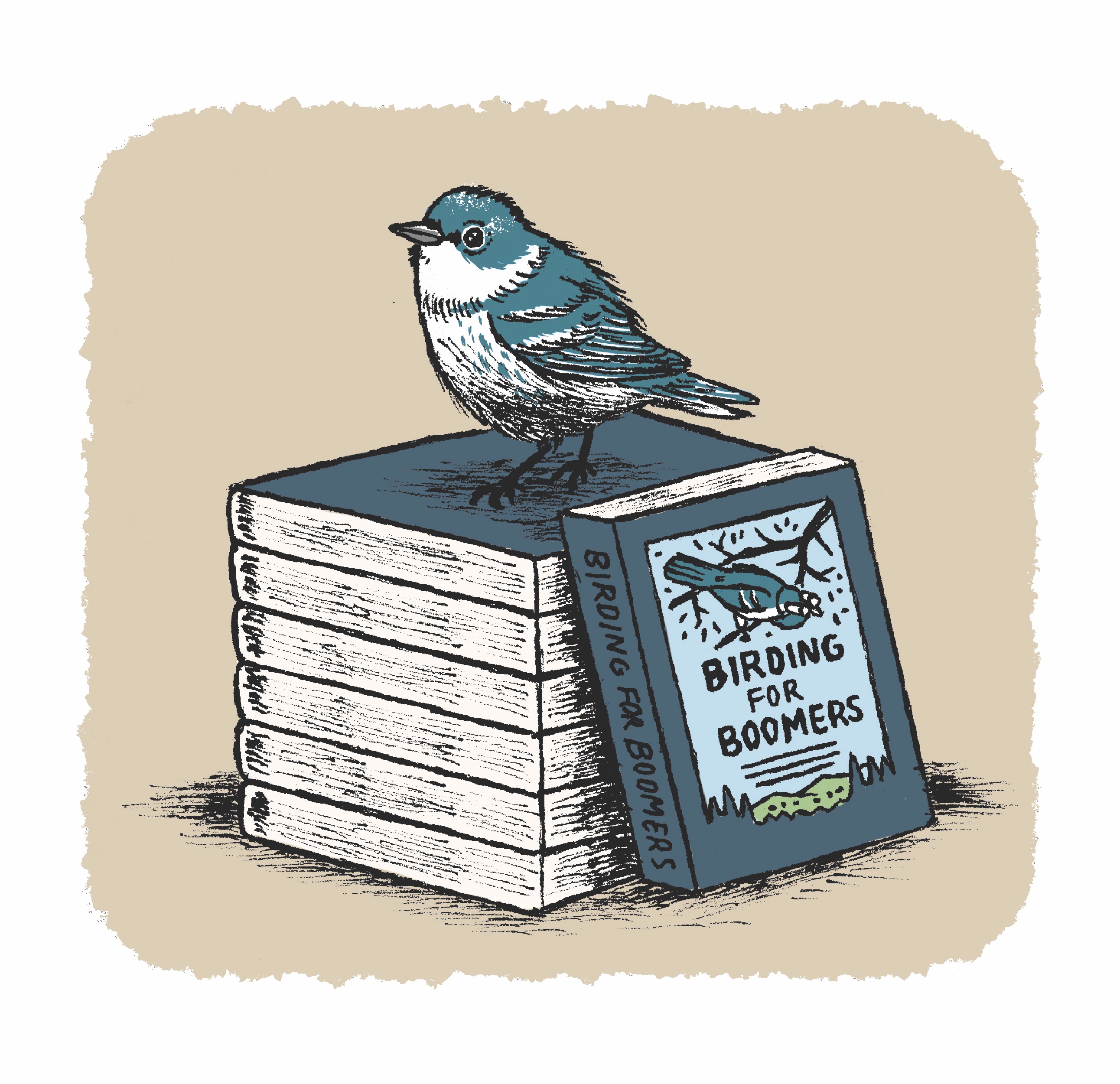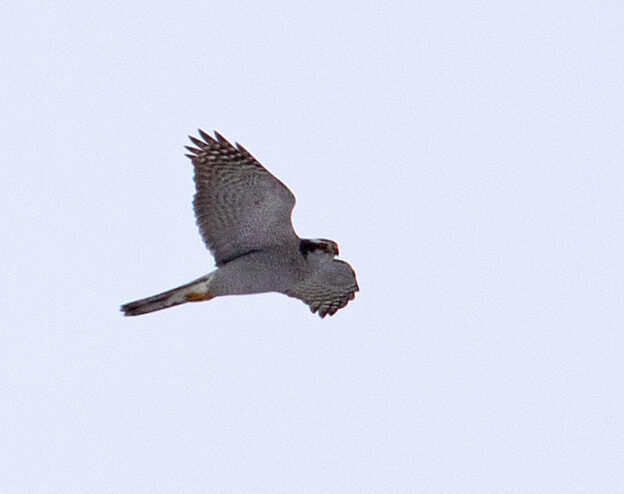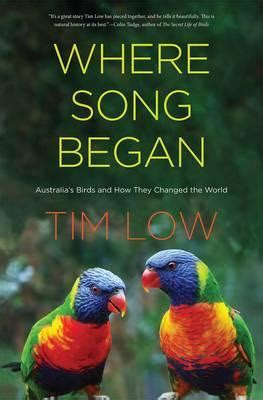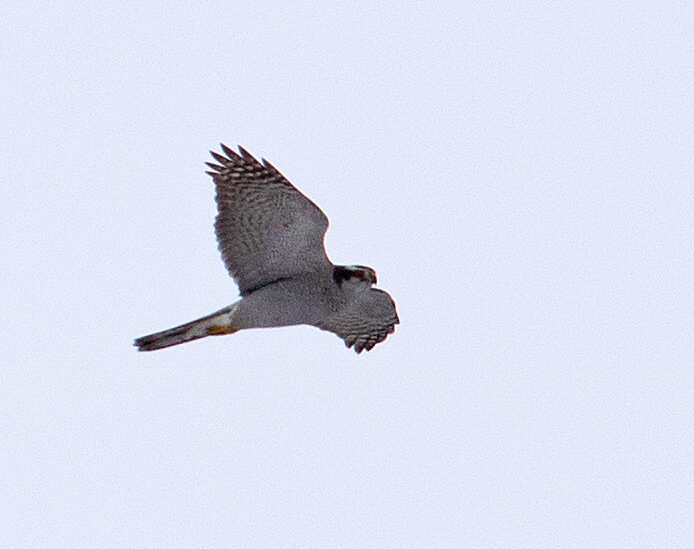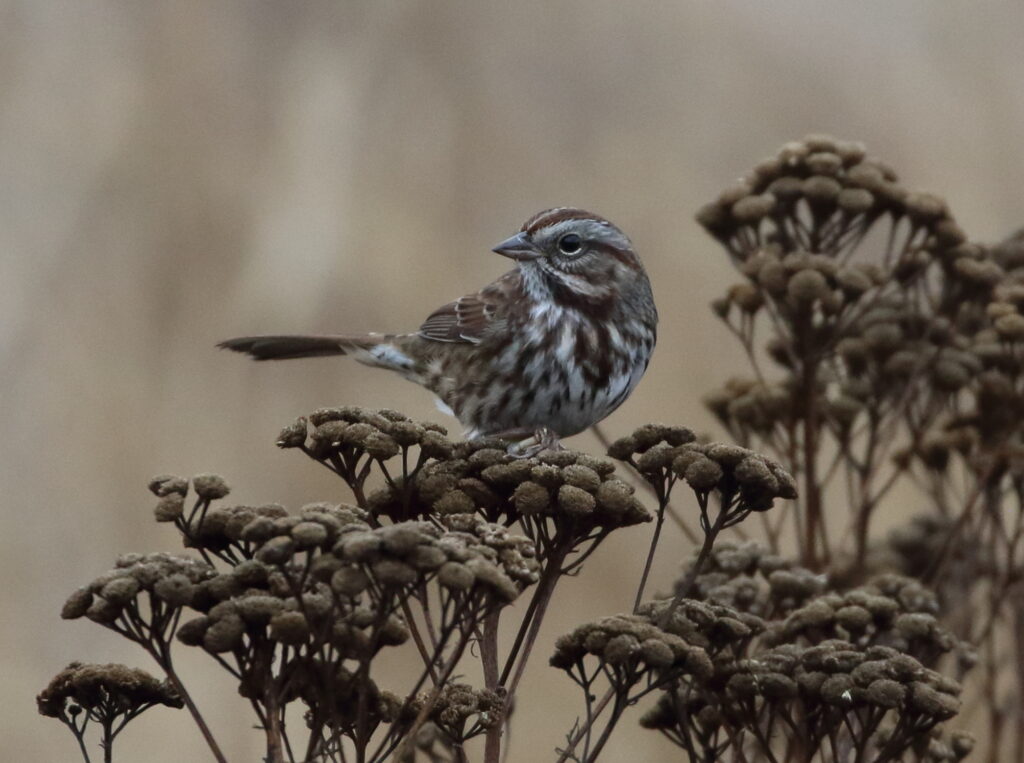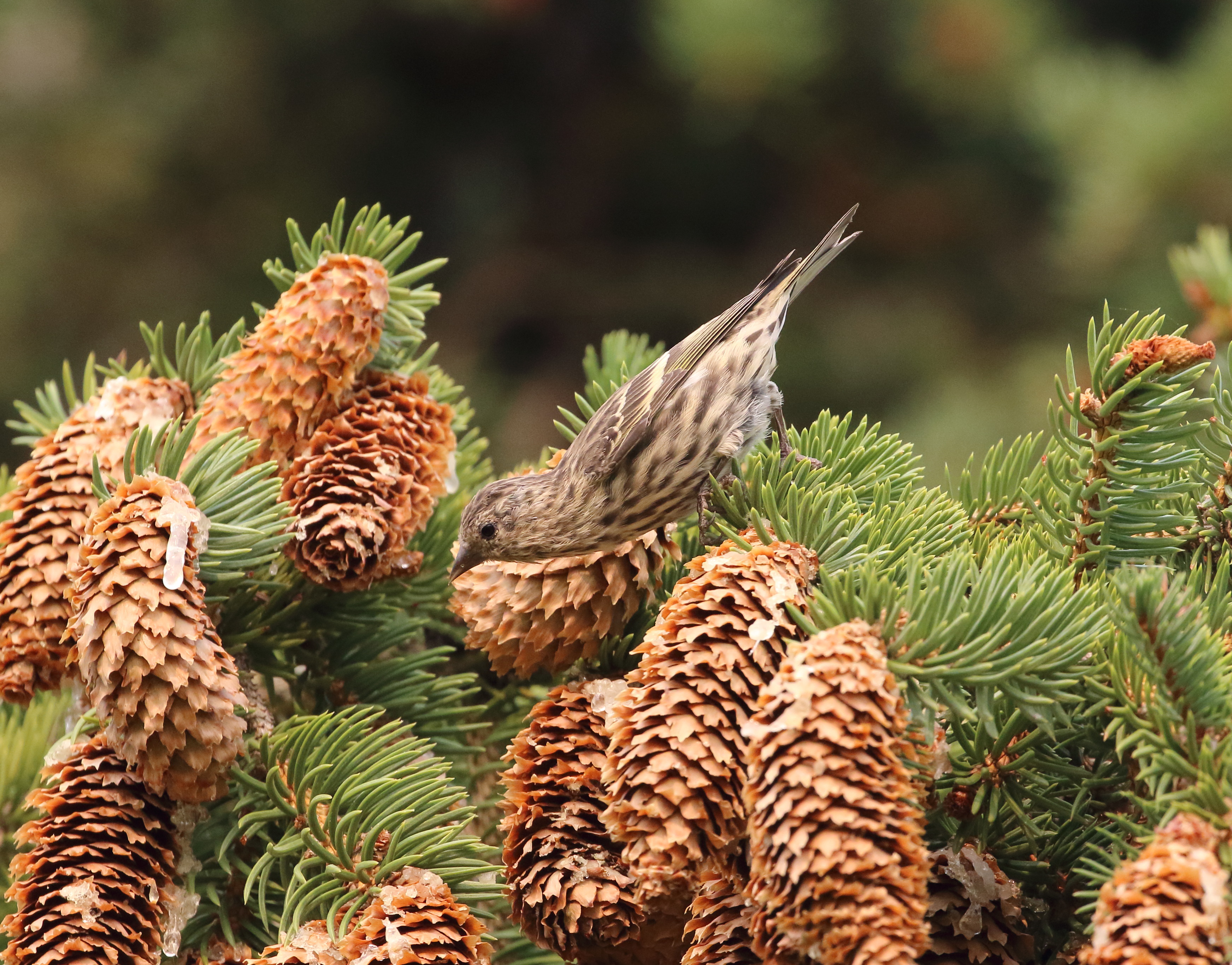Braden and I kicked off our 2025 at one of our favorite western Montana birding spots: Ninepipe National Wildlife Refuge. While mainly envisioned as a duck factory, the surrounding farms and grasslands provide plenty of grassland bird habitat and raptor hunting grounds, so in winter that’s what we mainly search for. We began the day by looking for Short-eared Owls at a “vole-opolis” our neighbor Tim, a game bird hunter, told us about last year (see our post “Lost in Owls”). Sure enough, we got distant looks at three of these mesmerizing, long-winged raptors as they cruised low over a tapestry of grass and cattails. They were joined by a trio of Northern Harriers, birds that are so similar to Short-eared Owls in appearance and habits that they offer an almost perfect lesson in convergent evolution—the incidence of two unrelated species being shaped in similar ways by natural selection.
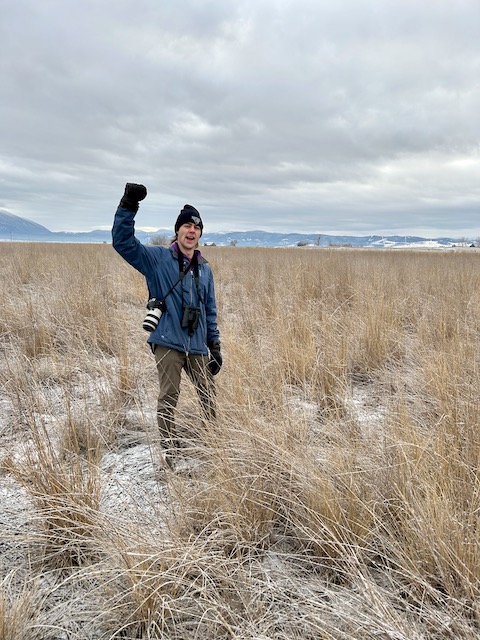
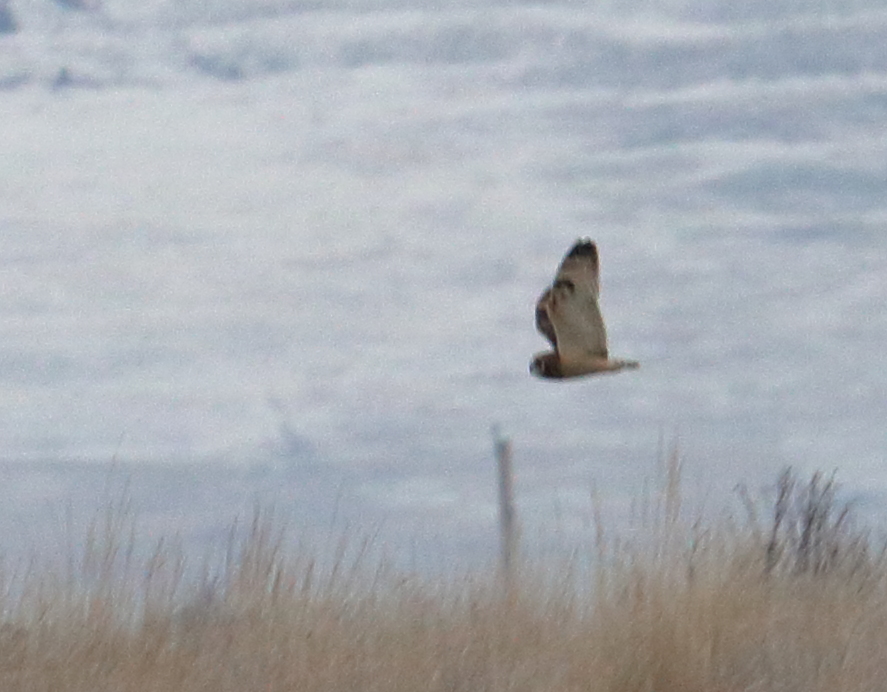
After our time with the owls and harriers, we set out on a leisurely cruise northward on dirt roads with the spectacular snow-capped Mission Mountains majestically gazing down on us. The raptors continued to please, with great close-up looks at our first Golden Eagle of the year, three or four Rough-legged Hawks, a couple of American Kestrels, two Merlins, plenty of Red-tailed Hawks, and no fewer than a dozen Bald Eagles.
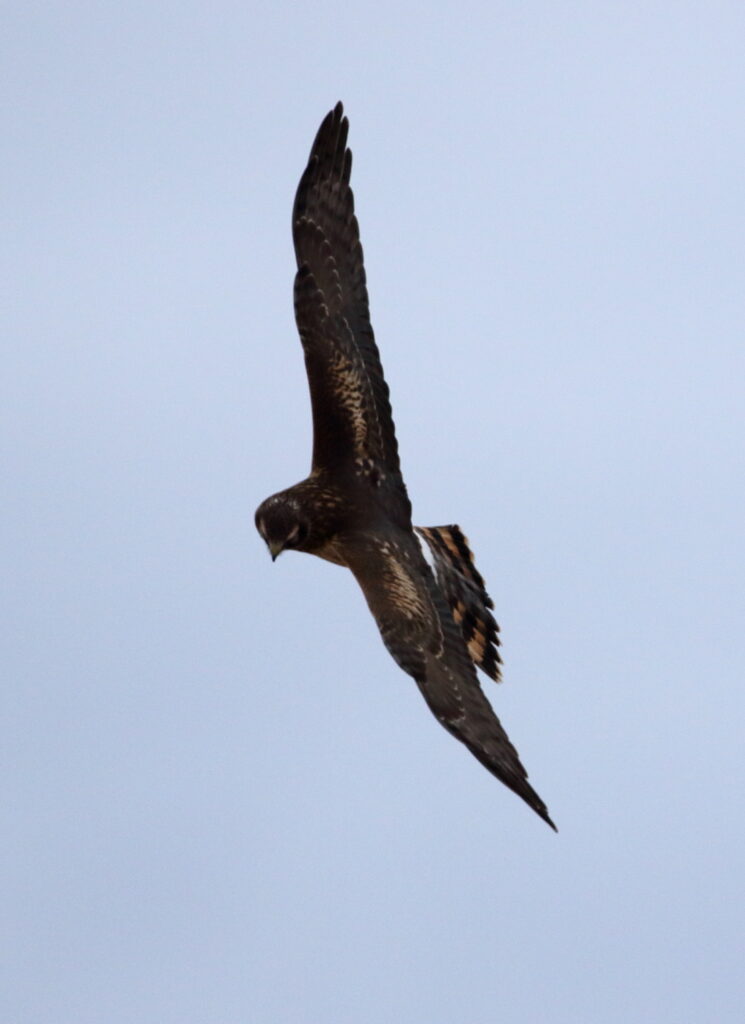
I’ve been worried about a dearth of small song birds all year, and that continued today. Usually, we at least see some waxwings or American Tree Sparrows at Ninepipe, but not today. I’m hoping the warmer winter somehow explains it, but I am especially concerned about the pervasive use of neonicotinoid pesticides and their deadly effects on birds. A future blog post, perhaps.
While songbirds were few and far between, we encountered a veritable population explosion of a bird we usually see only once or thrice a year: Gray Partridges! In the space of an hour or two, we saw these birds at least half a dozen times in groups ranging from four to more than a dozen. “I think I’ve seen more Gray Partridges today than in the rest of my life,” I told Braden, and it might have been true, as we totaled almost seventy of these birds. As with the rest of the day, I managed only lousy photos, but we delighted in watching these introduced, but charming, orange-faced critters.
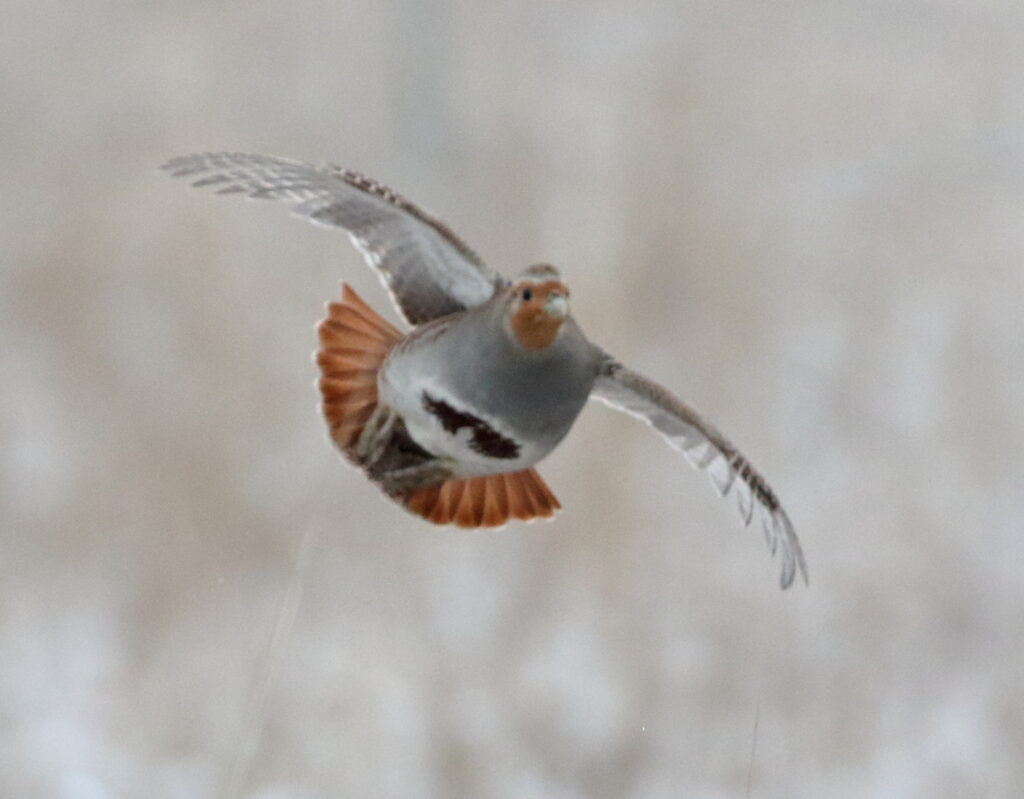
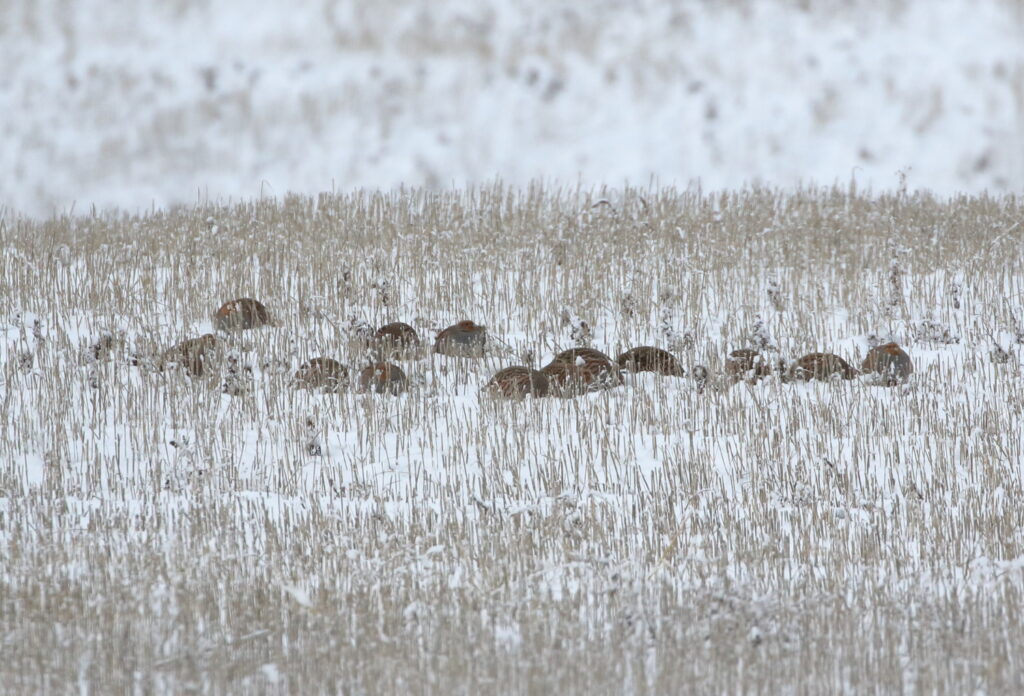
We finished the day scouring the southern shore of Flathead Lake near Polson. We had to look pretty hard, but finally found good numbers of waterfowl and gulls at Ducharme fishing access. Here we were rewarded by more than five hundred Common Mergansers, and much smaller numbers of wigeons, Mallards, Buffleheads, Green-winged Teal, Northern Pintails—and a lone Redhead. Braden also picked out several Tundra Swans from the more numerous Trumpeters.
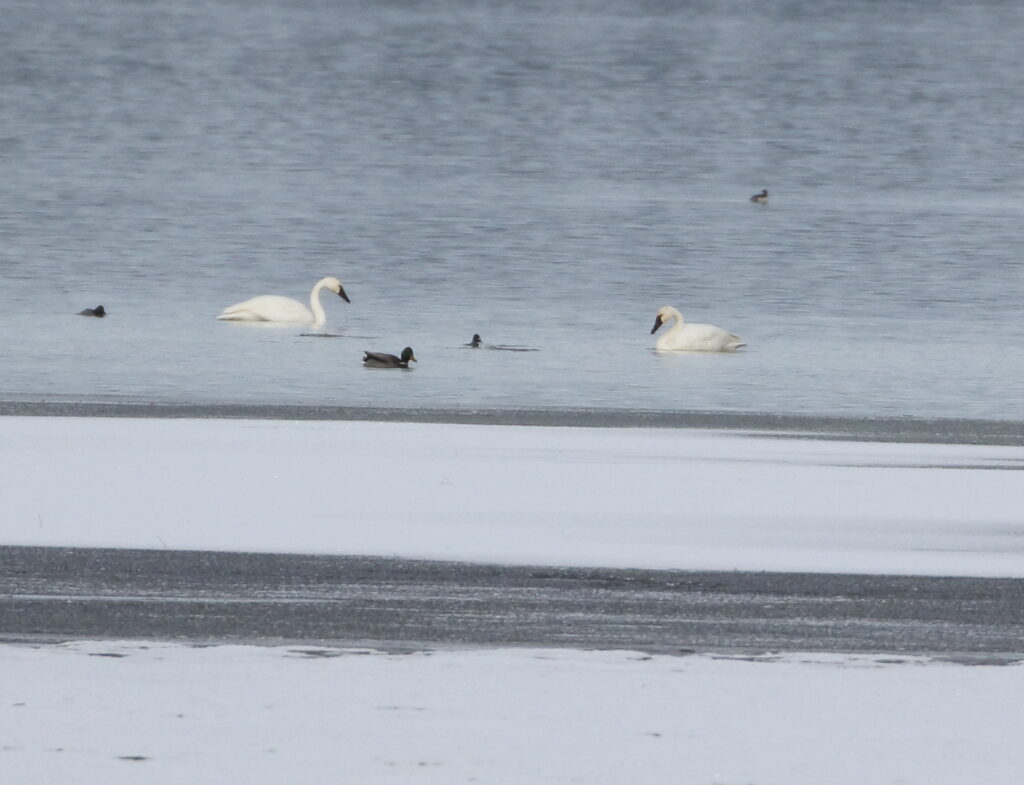
Perhaps my favorite part of this last big session was focusing in on a group of seventy or eighty gulls out on a frozen edge of the lake. Part of my enthusiasm was having just received a review copy of Amar Ayyash’s epic new book, The Gull Guide: North America. I plan to write a full review of this remarkable book soon, but my first perusals have gotten me super excited to learn more about gulls. Even better, as Braden and I studied the group in front of us through our scope, we picked out both Ring-billed and Herring Gulls. Then, I paused on a gull that looked unlike any others. It had pink legs, medium gray wings, dark eyes, light head streaking, and a single red spot on the bill. It also was noticeably smaller than the Herring Gull next to it. Braden suggested a Thayer’s Iceland Gull and I have to say that I agree with him. Unfortunately, I couldn’t get decent photos and gulls are notoriously hard to ID, so we didn’t record it. Still, I’m thinking Thayer’s is what we saw.
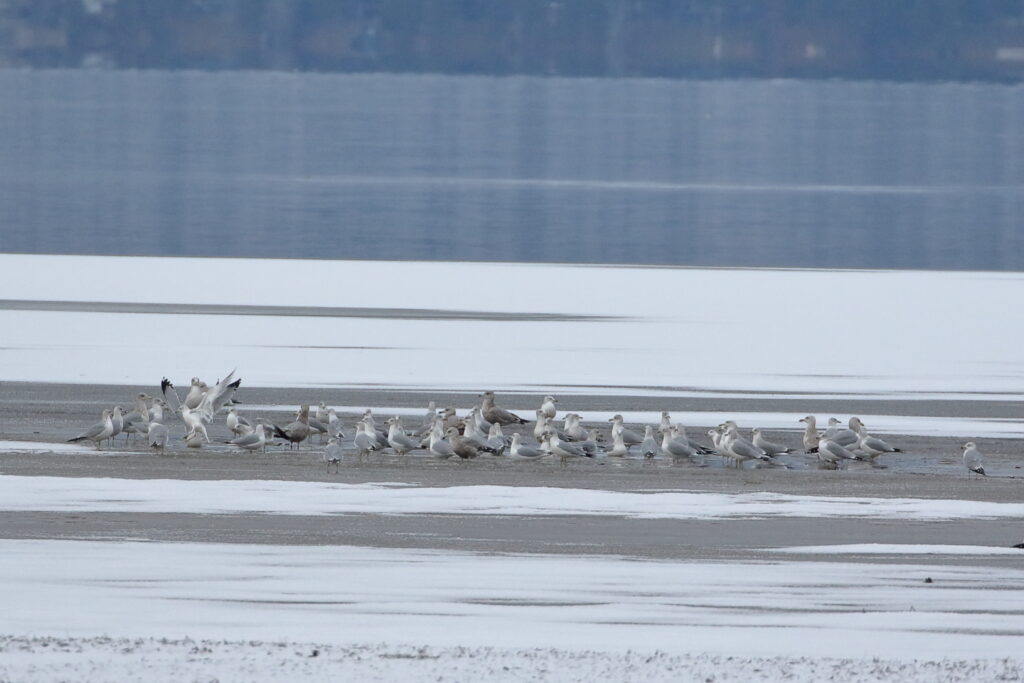
And so it begins . . . a great new year of birding! I hope you’ve all been able to get out and enjoy the remarkable avian wildlife our planet is blessed with. In fact, if you haven’t already done so, I urge you to support one or more of the terrific conservation groups working to make sure birds are always with us. For more info, see our post “Saving Birds. It’s Time.” Thanks for reading and I hope to see some of you out there birding soon!

